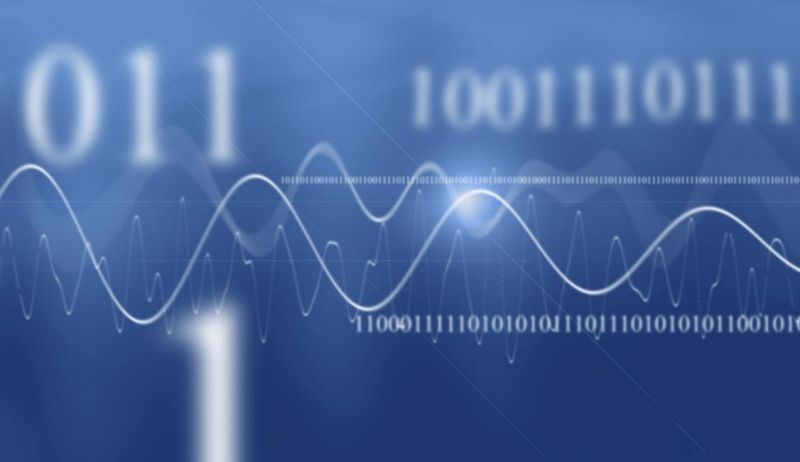Introduction
In the world of electrical power conversion, two commonly used devices are pure sine wave inverters and power inverters. While both serve the purpose of converting DC power into AC power, they have significant differences. The purpose of this article is to explore the differences, applications, and functional parameters of these inverters and to shed light on their appropriate usage scenarios for better consumer understanding.
A pure sine wave inverter is designed to deliver a power output that mimics the waveform of grid electricity, ensuring a smooth and consistent flow of energy. This type of inverter is characterized by its ability to handle both inductive and resistive loads. Inductive loads include a wide range of appliances with AC motors, such as refrigerators and washing machines. The pure sine wave generated by this type of inverter ensures that these appliances operate optimally and efficiently
In addition, demanding electronic circuits require the precision provided by pure sine wave inverters. These inverters have strict functional parameters that allow them to eliminate harmonic distortion, reduce electrical inefficiency, and prevent damage to sensitive electronic components. However, due to their advanced features, pure sine wave inverters are more expensive than their power inverter counterparts.
Power Inverter
On the other hand, power inverters are primarily designed to handle resistive loads such as lighting lamps, televisions, and electric heaters. These devices are more affordable than pure sine wave inverters, making them suitable for applications that do not require the complex waveforms generated by the latter.
Unlike pure sine wave inverters, power inverters are not recommended for sensitive electronic circuits or equipment with AC motors. The waveform produced by power inverters can introduce harmonic distortion, which can lead to reduced efficiency and increased wear and tear on certain equipment. Therefore, it is critical to evaluate the specific needs of an electrical system to determine if a power inverter is sufficient.

Conclusion
Understanding the difference between pure sine wave inverters and power inverters is critical to selecting the most appropriate device for specific applications. While pure sine wave inverters offer a smooth and precise waveform that ensures optimal performance for a wide range of electrical devices, power inverters are affordable options that are limited to resistive loads. It is important to consider the functional parameters and specific requirements of the electrical installation before making a purchase decision.
Consumers should evaluate the nature of the load, the sensitivity of the electronic circuits, and cost considerations to determine whether to invest in a pure sine wave inverter or opt for a more affordable power inverter. By making an informed choice, users can ensure that their electrical systems operate smoothly, efficiently, and with the necessary protection from potential damage caused by incompatible waveforms.
Post time: Sep-18-2023